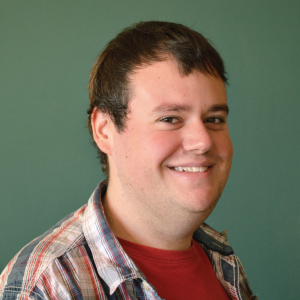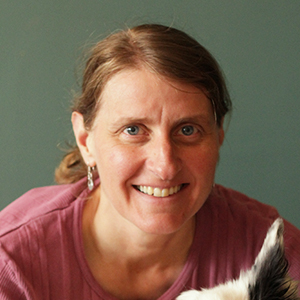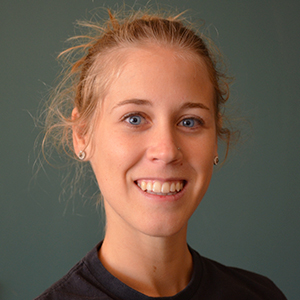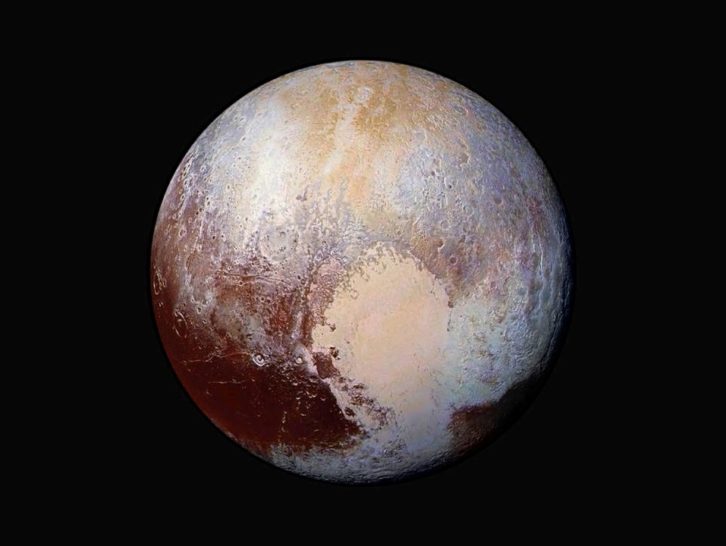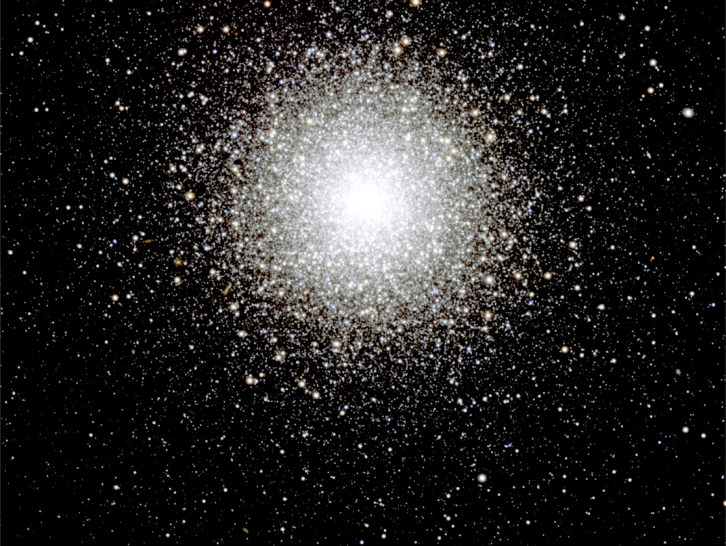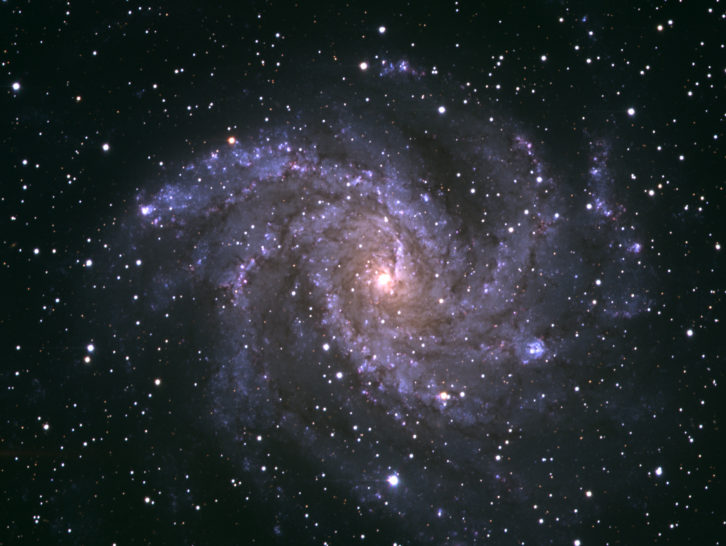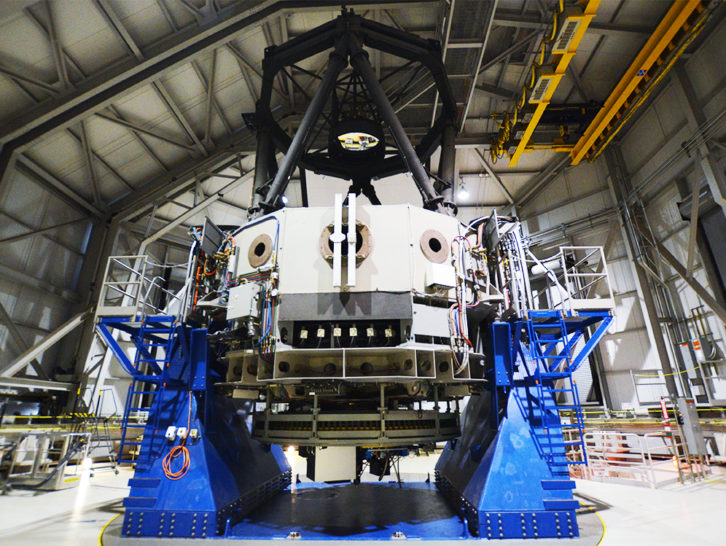Exoplanetary Systems
“Are we alone?”
This is one of humanity’s oldest questions—and one that several Lowell astronomers are involved in answering by detecting and characterizing planets around other stars.
Joe Llama and Lisa Prato study planetary systems of all ages using high-resolution spectroscopy. They measure tiny variations in the position of spectral absorption lines — a phenomenon called the Doppler shift that is directly analogous to the change in pitch of a train’s whistle as it passes you. Precise spectroscopy allows Joe and Lisa to detect planets and study conditions around their parent stars’ planet-forming regions. Spectral analysis can also reveal the structure of young planetary disks, providing clues about how solar systems like our own come to be.
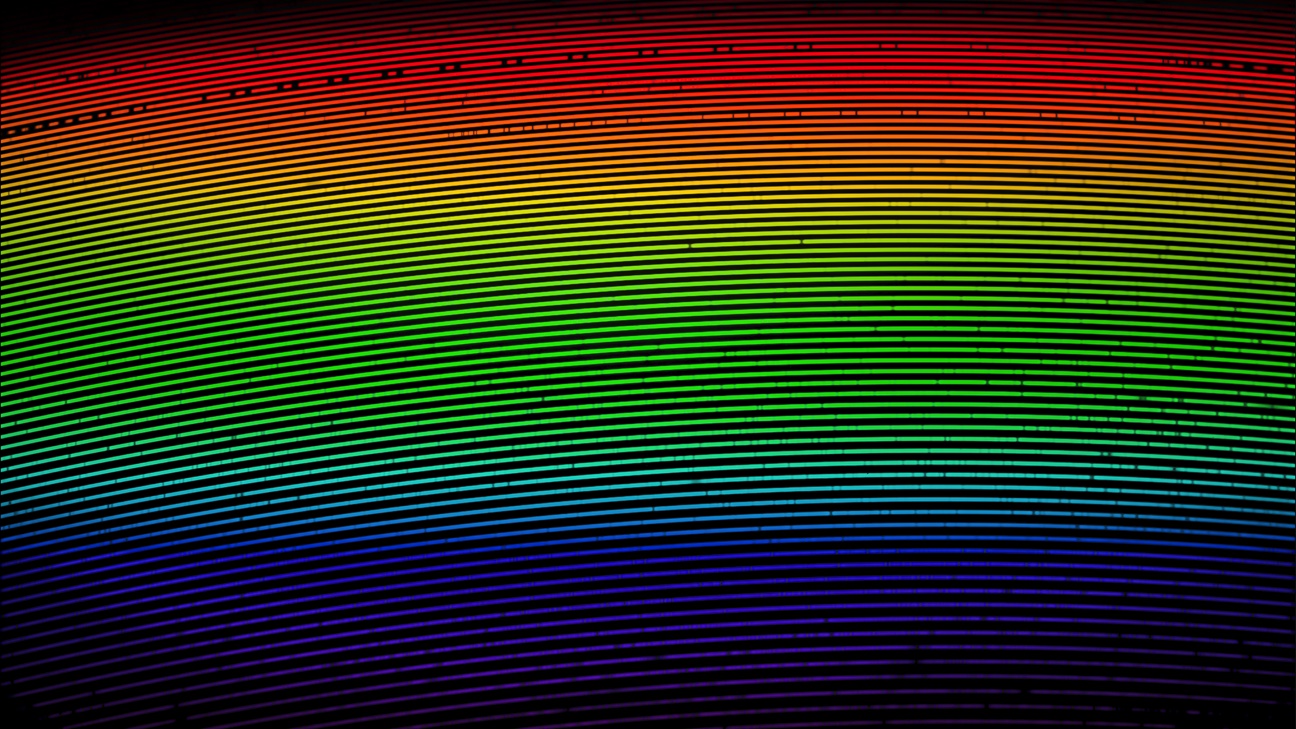
A spectrum of the Sun taken with the Lowell Observatory Solar Telescope and EXPRES. Joe Llama uses the incredible resolution and precision of EXPRES to determine new methods for removing stellar activity in observations of other stars with EXPRES to search for small exoplanets.
Searching for Earth 2.0
Joe Llama uses the EXtreme PREcision Spectrograph (EXPRES) to measure the masses of tiny exoplanets. EXPRES, built by Yale University, is now fully commissioned on the Lowell Discovery Telescope (LDT) and can measure the Doppler motion of a star to a precision of a few 10’s of cm/s. This precision is accurate enough to begin searching for Earth-sized exoplanets around stars like our Sun. He is a member of NASA’s Transiting Exoplanet Survey Satellite (TESS) follow-up team to determine the nature of planets found by this exciting mission. He is also the PI of the Lowell Observatory Solar Telescope (LOST). This small telescope sends sunlight into EXPRES during the day to observe the Sun just like we observe stars at night to determine methods for removing the signals from host stars that can drown out the signal from an orbiting planet.
Learn more about Dr. Joe Llama
Jupiter as imaged by the 4.3-m Lowell Discovery Telescope. (Massey/Neugent/Lowell Discovery Telescope/NSF)
Young hot Jupiters
Lisa Prato studies young stars and young planetary systems using high-resolution infrared spectroscopy. She is a team member for the Immersion GRating INfrared Spectrograph (IGRINS), built by Korea Astronomy and Space Science Institute and the University of Texas at Austin. IGRINS visited the Lowell Discovery Telescope for three seasons in 2015-2019. She has collected countless spectra of young stars with instruments like IGRINS to search for the youngest exoplanets.
Learn more about Dr. Lisa PratoLauren Biddle, a Ph.D. student working with both Lisa Prato and Joe Llama, uses the exquisite photometry from NASA’s Kepler and TESS spacecraft to search for the signatures of young exoplanets.
Learn more about Lauren BiddleShih-Yun Tang, a Ph.D. student working with Lisa Prato, is developing a pipeline to measure the Doppler shift of IGRINS data to search for exoplanets.
Georgi Mandushev has long been involved with programs designed to discover worlds. The TrES (Transatlantic Exoplanet Survey) program included a camera at Lowell’s Anderson Mesa research site. The technique used by both these projects is to watch for tiny eclipses — dips in a star’s brightness — as distant planets pass in front of the star. Sensitive enough to detect even small planets like Earth.
